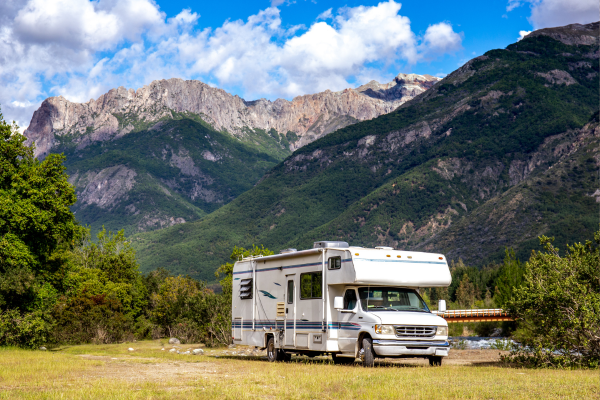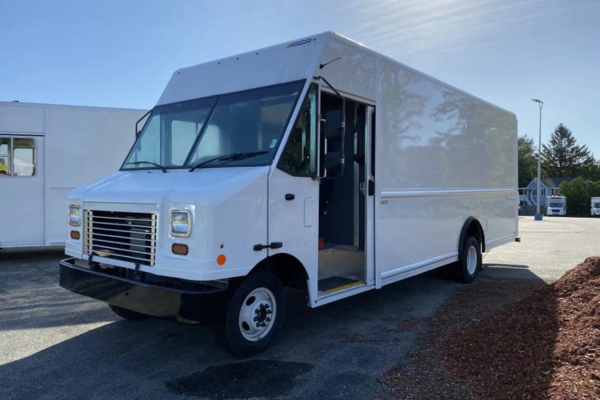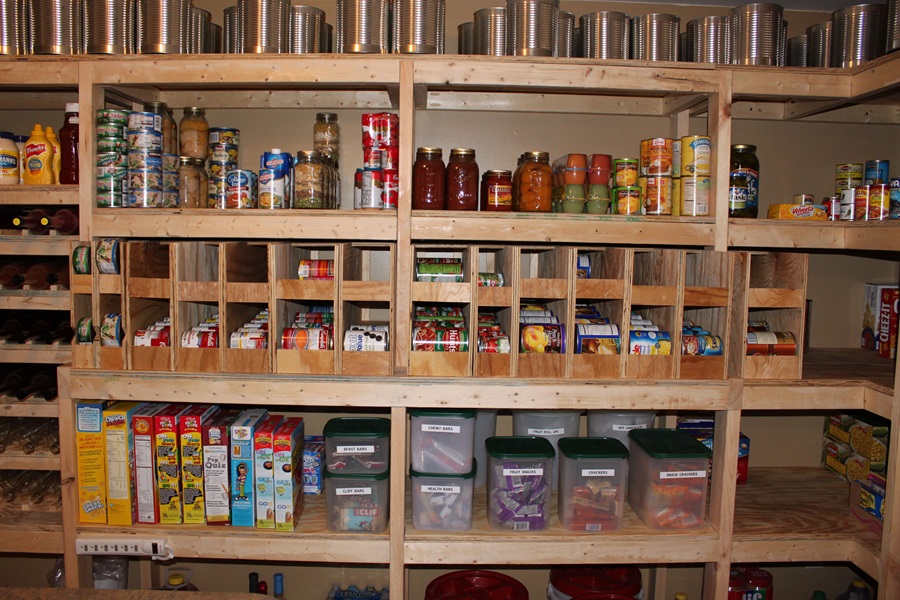The trend of transforming vehicles into tiny homes has gained significant momentum, driven by the allure of a mobile, cost-effective, and sustainable lifestyle. This innovative approach to housing utilizes various types of vehicles, each offering unique benefits and challenges. From school buses with their spacious interiors to compact and agile cargo vans, there’s a vehicle to suit every aspiring tiny home owner’s needs and preferences. This article delves into the most popular vehicle choices for conversions, exploring the practicalities, design possibilities, and considerations specific to each type.
Contents
School Bus

School buses have emerged as a top choice for tiny home conversions, largely due to their robust structure and ample interior space. These buses, often retired from service, provide a blank canvas for creative conversions. The long, wide interior allows for a variety of floor plans, accommodating everything from full kitchens to cozy sleeping quarters. Moreover, the steel frame of a school bus offers durability and safety, a crucial factor for a home on wheels. Enthusiasts of school bus conversions, or ‘skoolies’, appreciate the combination of space and security these vehicles provide.
The process of converting a school bus into a livable space, however, involves considerable planning and effort. Key considerations include the removal of seats, installation of insulation, and fitting in utilities like plumbing and electricity. The cost can vary significantly based on the level of customization and the choice of materials. Additionally, the size of the bus poses a challenge for maneuvering and parking, especially in urban areas. Despite these challenges, the school bus remains a popular and rewarding option for those committed to creating a unique mobile home.
Cargo Van

Cargo vans offer a unique blend of compactness and convenience, making them an excellent choice for solo travelers or couples embracing the tiny home lifestyle. Their smaller size makes them ideal for navigating city streets and finding parking, a significant advantage over larger vehicle conversions. Cargo vans, like the popular Sprinter models, can be surprisingly spacious inside, allowing for cleverly designed interiors that maximize every inch of space. These vans can be fitted with essential amenities such as beds, storage units, and even small kitchenettes, making them fully functional living spaces.
The key to a successful cargo van conversion lies in smart design and efficient use of space. Multi-functional furniture, such as fold-down tables or convertible bed systems, is essential. Insulation and ventilation are also critical for comfort, as the metal walls of the van can conduct heat and cold. For those who value mobility and simplicity, cargo vans present a practical and affordable option. However, it’s important to balance the desire for amenities with the limited space available, ensuring the van remains functional and comfortable for everyday living and travel.
Box Truck

Box trucks are increasingly popular for tiny home conversions, thanks to their spacious and boxy interior which allows for a more traditional home layout. Unlike curved vehicles, the square shape of a box truck simplifies the installation of furniture and appliances, providing a more efficient use of space. The high ceilings in many box trucks also offer room for creative design elements, such as loft beds or storage solutions. Additionally, the larger size of box trucks can accommodate amenities like full-sized showers and kitchens, making them suitable for those seeking more comfort in their tiny home.
However, converting a box truck comes with its own set of challenges. The sheer size of these vehicles can make driving and parking more difficult, especially in crowded urban areas. Insulation is another critical factor, as the metal walls and large space can lead to temperature extremes. Electrical and plumbing installations require careful planning and execution to ensure safety and functionality. Despite these challenges, box trucks are an excellent option for those desiring a more spacious and customizable tiny home on wheels.
RV (Recreational Vehicle)

Recreational vehicles (RVs) are a go-to choice for many aspiring tiny home owners due to their design, which already accommodates living needs. RVs come equipped with essential features like plumbing, electricity, and compact furniture, significantly reducing the workload and cost of conversion. The variety of sizes and layouts available in RVs also allows for a wide range of customization options to suit different lifestyles and preferences. Moreover, the mobility of RVs enables owners to explore different locations with ease, making them ideal for those who love to travel.
Renovating an RV, however, involves different considerations compared to starting from scratch with other vehicles. It’s important to assess the condition of the RV, especially older models, which might require more extensive updates to systems like plumbing and electrical. The interior design may also need a makeover to create a more personalized and homely space. Balancing the existing structure of an RV with new modifications can be challenging but offers a rewarding opportunity to blend comfort and mobility in a tiny home.
Ambulance

Converting an ambulance into a tiny home is a unique choice, offering a sturdy build and a range of pre-installed features. Ambulances are designed to be reliable and durable, qualities that are beneficial for a home on wheels. The existing electrical systems in an ambulance, meant for medical equipment, can be a boon for powering home appliances. The array of storage compartments provides ample space for belongings, and the vehicle’s size is conducive to creative interior designs.
The conversion of an ambulance, however, requires a creative approach to overcome its original medical layout. The interior space is less than that of a larger vehicle like a school bus, necessitating efficient space management. The exterior appearance may also need modifications to transform it from its recognizable ambulance look to a more personalized and less conspicuous home. For those looking for a robust and compact vehicle with a twist, an ambulance can be an exciting project.
Step Van

Step vans, with their characteristic boxy shape and spacious interiors, are excellent candidates for tiny home conversions. Their rectangular form allows for a straightforward interior layout, making the installation of furniture and appliances relatively easy. The availability of different sizes in step vans offers flexibility in choosing the right space for individual needs. Additionally, the flat sides and roof provide an ideal canvas for external modifications or additions, like solar panels or a rooftop deck.
However, converting a step van into a livable space requires thoughtful planning, especially regarding insulation and temperature control. The large metal surfaces can make the interior extremely hot or cold, depending on the weather. Electrical and plumbing systems must be installed with care to ensure they are safe and functional. Despite these challenges, step vans offer a unique blend of space and customization potential, making them a popular choice for those looking to build a larger tiny home.
The Bottom Line
The journey to creating a tiny home from a vehicle is as varied as the vehicles themselves. Each type offers distinct advantages and poses unique challenges, from the spaciousness of a box truck to the compact convenience of a cargo van. The key lies in understanding personal needs, preferences, and the commitment required for such a project. Tiny homes on wheels aren’t just about creating a living space; they embody a lifestyle choice, embracing minimalism, mobility, and sustainability. Regardless of the vehicle chosen, the process demands creativity, patience, and a willingness to learn, resulting in a home that is not just a place to live, but a reflection of the owner’s values and dreams.


